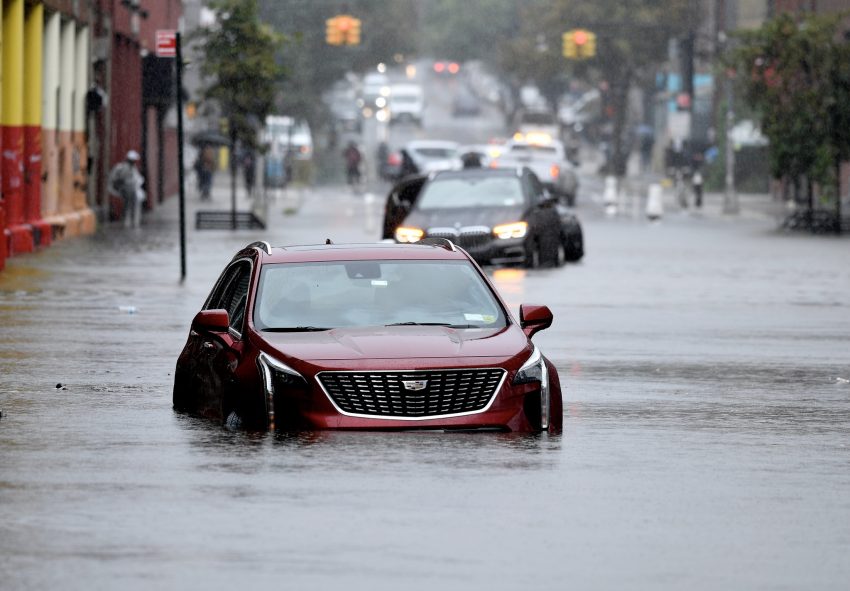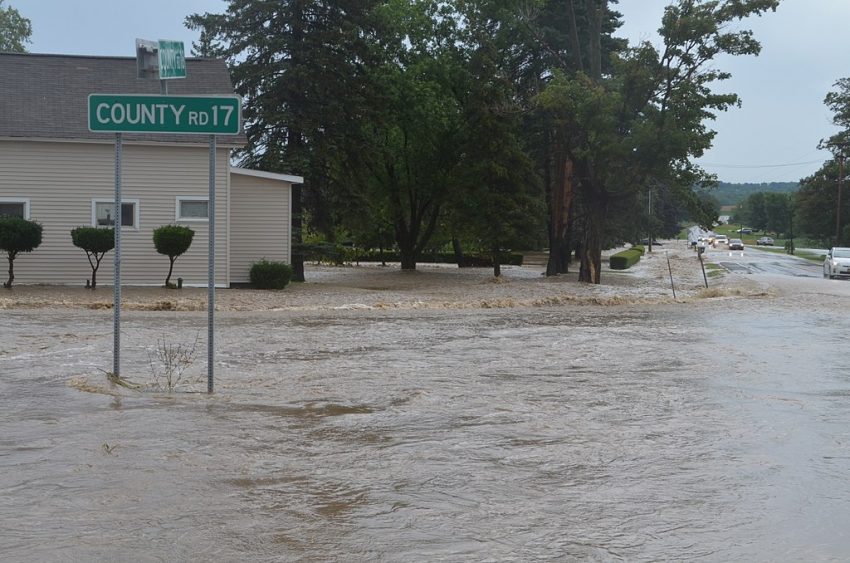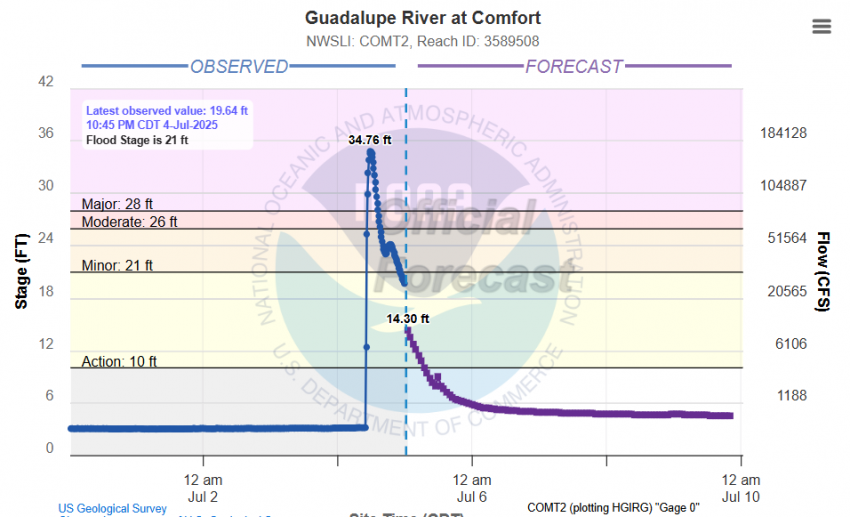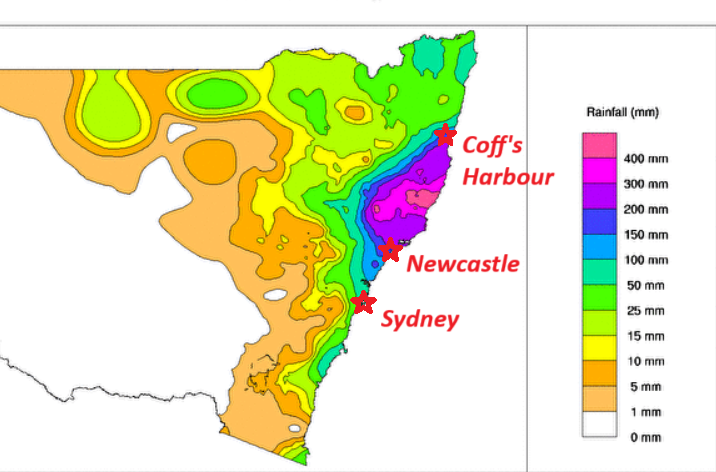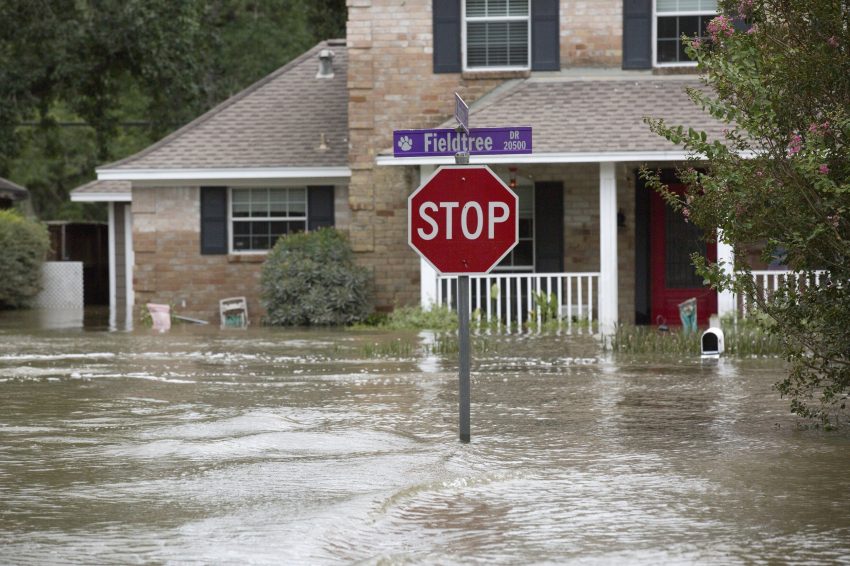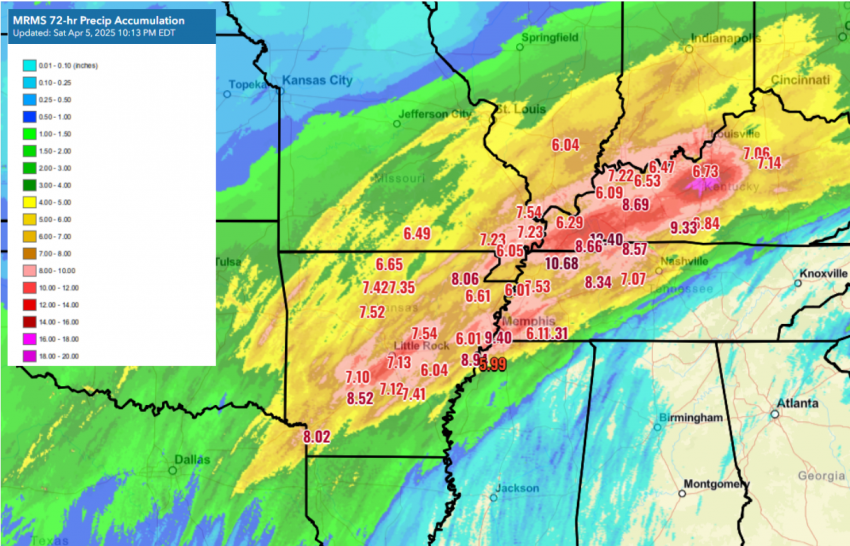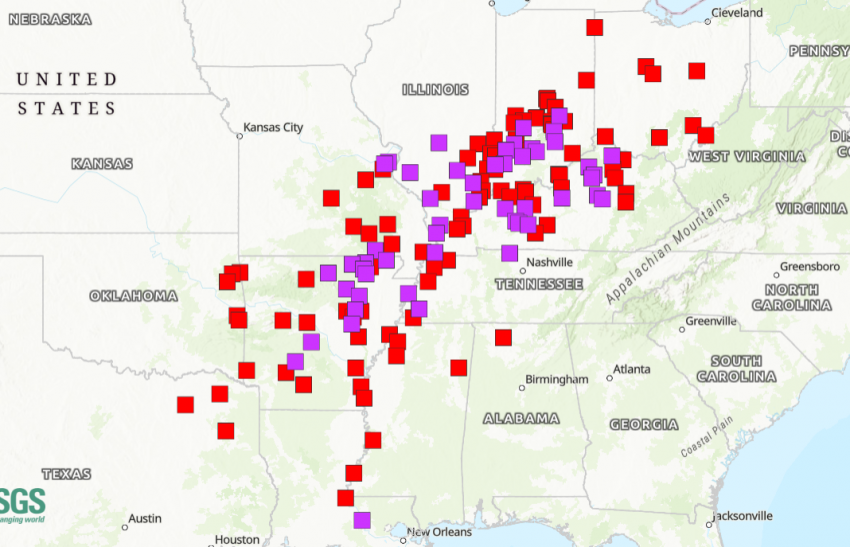Record Flooding Stops Subways in New York City!
Nearly stationary storms dropped record rainfall in portions of New Jersey, New York, and Connecticut late Monday. The sudden deluge caused serious flash flooding in the NYC metro, halting traffic both above and below ground. At least two people lost their lives when their car was swept off the road in Plainfield, NJ.
BREAKING: Major flooding ongoing amid heavy rainfall throughout New Jersey. Water rescues underway with multiple vehicles trapped in Union County.pic.twitter.com/PwaiwYokcY
— Breaking Avian (@BreakingAvian) July 14, 2025
New Jersey was hit hard by flash flooding as slow-moving thunderstorms dumped 4-7 inches of rain across the state, triggering a state of emergency declared by the Governor.
Areas like New Providence, Plainfield, Scotch Plains are severely impacted, with roads and homes flooded. pic.twitter.com/55zDAMjO6L
— RenderNature (@RenderNature) July 15, 2025
Slow-moving storms erupted first in the NYC suburbs mid-afternoon Monday before converging on the city early in the evening. The storms produced torrential rainfall rates up to 2″/hr (50 mm/hr), overwhelming drainage systems across the region. Central Park in Manhattan shattered a daily record with 2.64″ (67 mm). Most of this fell between 7-8 pm, the second-wettest hour ever recorded at that station. Other nearby stations saw as much as 3-6 inches (150 mm).
Severe flooding hits New York City and surrounding areas after intense rainfall on with a Flash Flood Warning in effect until 9:30 PM EDT for all five boroughs, including Monsey, per NWS.
Manhattan’s FDR Drive and the 1 train platform at 23rd Street Station are inundated,… pic.twitter.com/vcgNYrYkUe
— Laszlo Varga (@LaszloRealtor) July 15, 2025
Runoff quickly covered roads and highways with 1-2 feet of water, forcing numerous road and highway closures. Hundreds of emergency calls were placed for water rescues from stranded cars. Subway lines were shut down as the runoff inundated platforms and tracks (see video above). Residents of basement apartments in NYC had to deal with sudden waist-deep water. Protocol changes following the tragic basement drownings in September 2021 seem to have helped avoid similar injuries and deaths in this case, fortunately. Lead photo courtesy MTA’s Marc Hermann.
